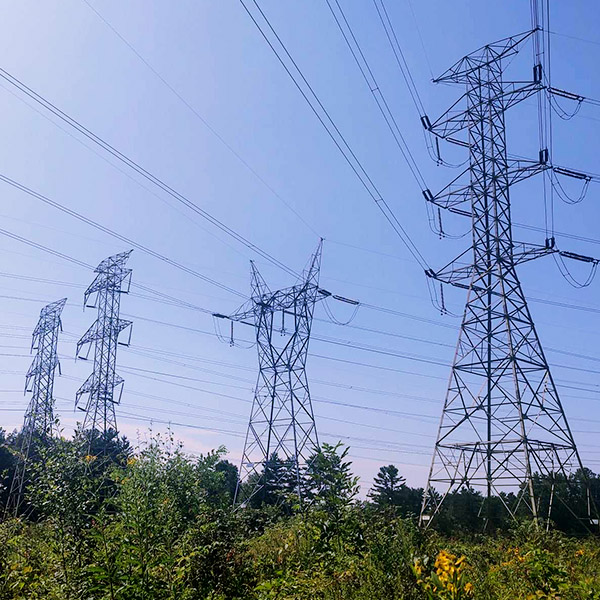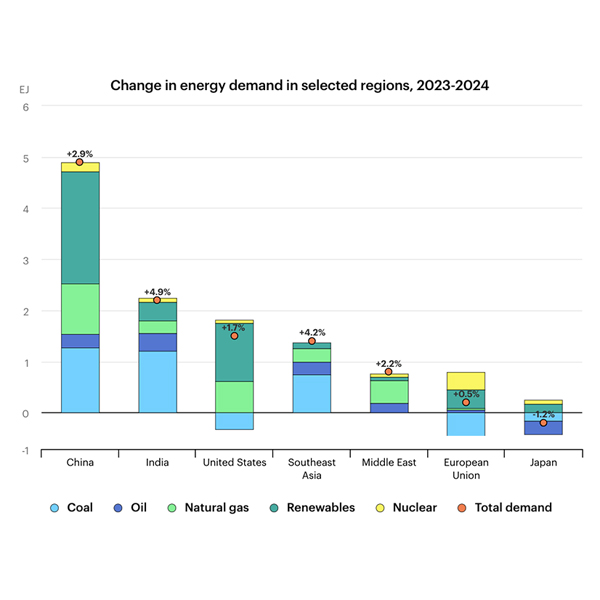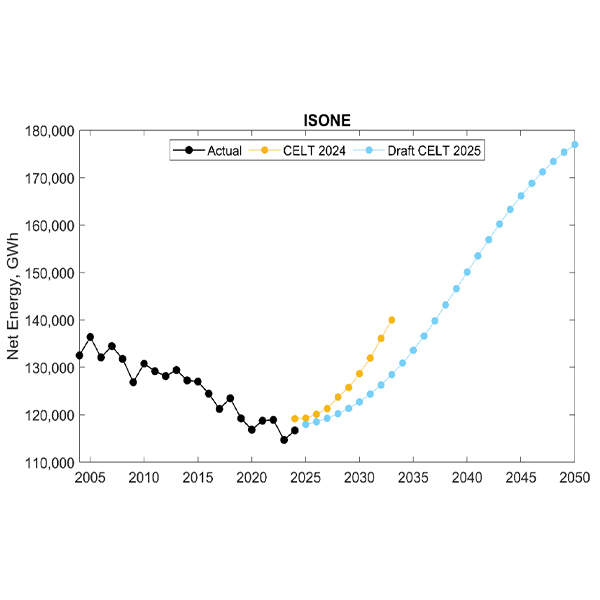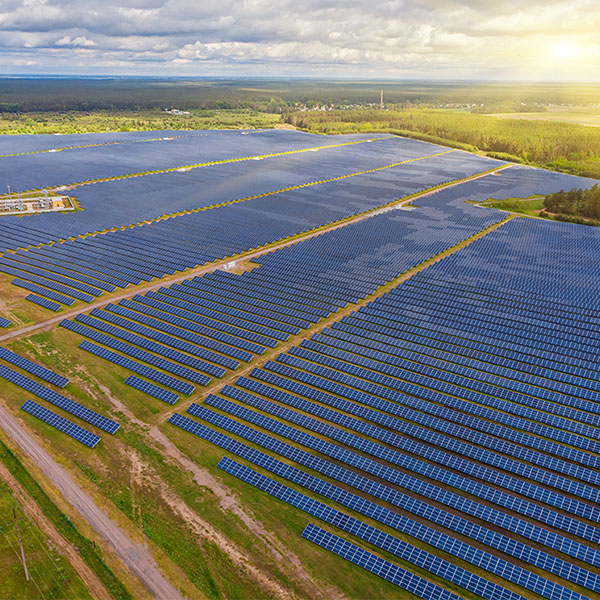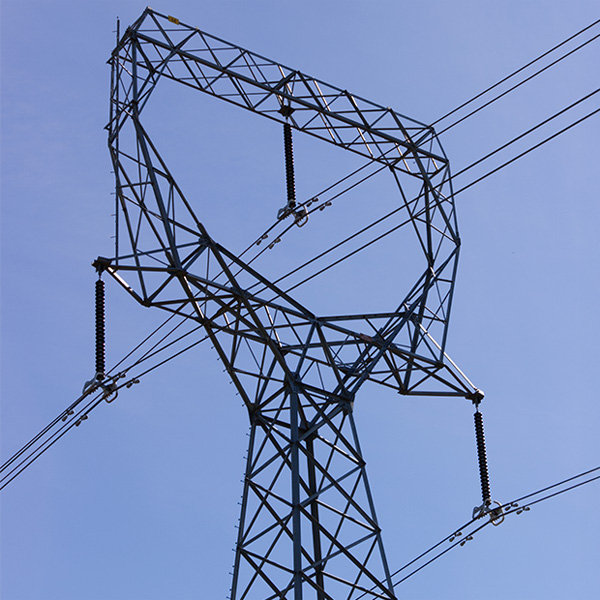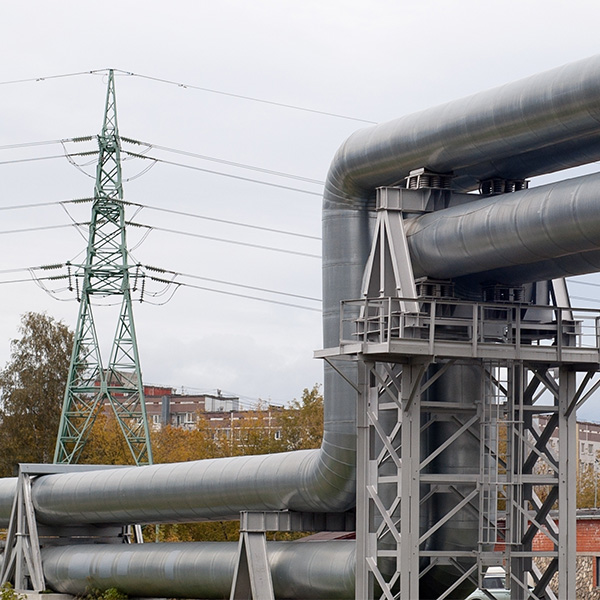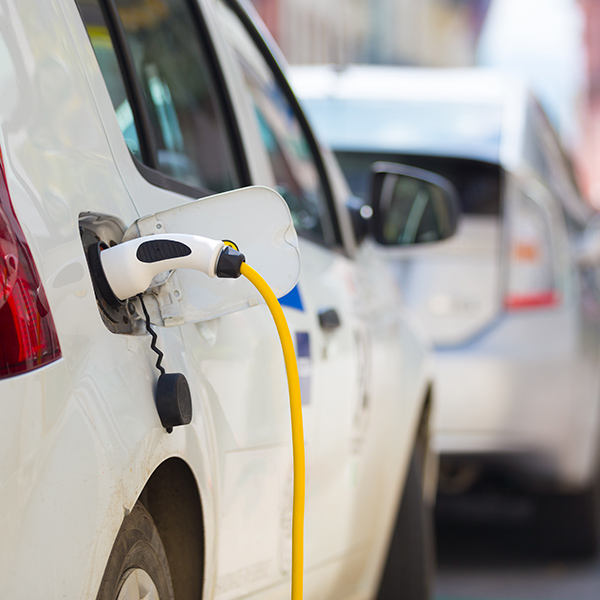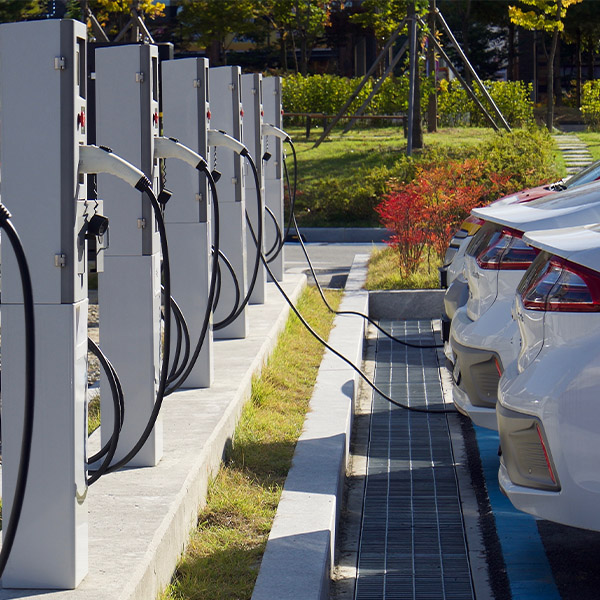Electric vehicles (EVs)
Clean energy policies and their impact on rising utility rates are under scrutiny in New Jersey’s most competitive gubernatorial race in years as voters decide on a replacement for Democrat Phil Murphy, a champion of green energy.
Annual energy demand in the Pacific Northwest could reach between 31,000 and 44,000 MW by 2046, according to the NWPCC's initial 20-year forecast.
Christine Guhl-Sadovy, president of the New Jersey Board of Public Utilities, has a lot to do and little time to do it in.
Data centers may be driving electricity demand growth in the U.S., but air conditioning helped drive a 4.3% increase in worldwide demand in 2024.
As part of a major overhaul of its annual load forecasting process, ISO-NE has significantly scaled back its electrification forecast for electric vehicles and heat pumps.
Facing an expected surge in energy demand, New Jersey’s Board of Public Utilities outlined a draft EMP that would continue the state’s existing, vigorous electrification strategy.
The Northwest Power and Conservation Council must ensure forecast models consider President Donald Trump’s shifting energy priorities to ensure the council’s upcoming 20-year regional power plan stays relevant, board members contended during a recent meeting.
President Trump's executive orders on energy are not enough on their own for the industry to meet the rising demand for AI and data centers, and experts say another attempt at permitting reform is needed.
The grants represent the second round of funding from the IIJA’s $2.5 billion Charging and Fueling Infrastructure program.
New Jersey in 2025 faces the added uncertainty of a likely contentious governor’s race to replace clean energy champion Gov. Phil Murphy and his release of a new energy master plan.
Want more? Advanced Search

